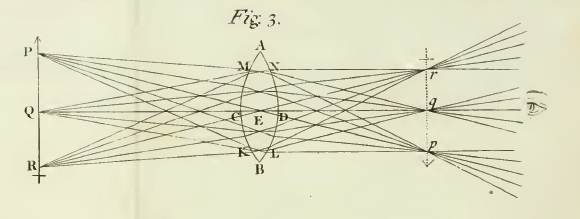
A panel of the "Grey Passion"
Recent restoration corrects earlier botched treatments
By Martin Bailey | From issue 218, November 2010
Published online 25 Nov 10 (Conservation)
STUTTGART. Holbein the Elder’s greatest altarpiece is to go on show in Stuttgart in November, after a three-year, €450,000 project to undo damaging restorations by earlier conservators. Known as the “Grey Passion”, the 12-panel cycle was painted in Augsburg from 1494 to 1500. For the first time in centuries, it will be possible to see the cycle as a harmonious whole.
In 2003, the Stuttgart Staatsgalerie purchased the “Grey Passion” for €12m from the Fürstenburg family of Donaueschingen, in southern Germany. It had been acquired by the family in 1853 from the Munich dealer Montmorillon, but its earlier provenance is unknown. By this time the two double-sided wings, with three images on each side, had been sawn down, creating 12 separate panels. The splitting of the wings caused considerable damage. The latticed support battens put a strain on the panels, causing the paint layer to crack.
Originally the two wings would have come from a triptych, and the central part would presumably have represented the Crucifixion. It was probably a sculpture, most likely by the Augsburg sculptor, Gregor Erhart, who worked with Holbein. The publicity surrounding Stuttgart’s forthcoming exhibition of the panels could lead to the identification of the lost 500-year-old Crucifixion.
The 12 panels suffered two damaging restorations. In 1918, Paul Gerhardt restored nine panels, applying too much overpaint, and painting six with green backgrounds and three with blue. The backgrounds of the remaining panels had become almost black.
In the 1940s two of the panels worked on by Gerhardt were restored again by Marga Eschenbach. Convinced that gilded haloes in The Descent from the Cross and The Flag-ellation were later additions, she removed them. Other specialists believed that haloes were part of Holbein’s original composition.
As a result, only three panels were left relatively unrestored (but with some damage over the centuries) and each had a very different appearance, making them difficult to read as an ensemble. Although the figures’ flesh tones survived in reasonable condition, the draperies have been stripped of their glazes.
Infrared reflectography showed that the underdrawing was executed in silverpoint, an unusual medium for this purpose at the time. It also revealed changes to the original composition, such as the soldier’s hand which held the rope around Christ’s neck in The Arrest of Christ. The underdrawings also show a characteristic feature of Holbein’s finished drawings on paper: hooks at the end of drapery, which confirms that he did the work.
Conservators used solvents to laboriously remove later overpaint and yellowed varnish, and repainted lost areas in reversible watercolours. The Flagellation and The Descent from the Cross required the most retouching.
The “Grey Passion” is the centrepiece of a show running from 27 November to 20 March 2011 see">www.theartnewspaper.com/whatson"> What’s On.

No hay comentarios:
Publicar un comentario